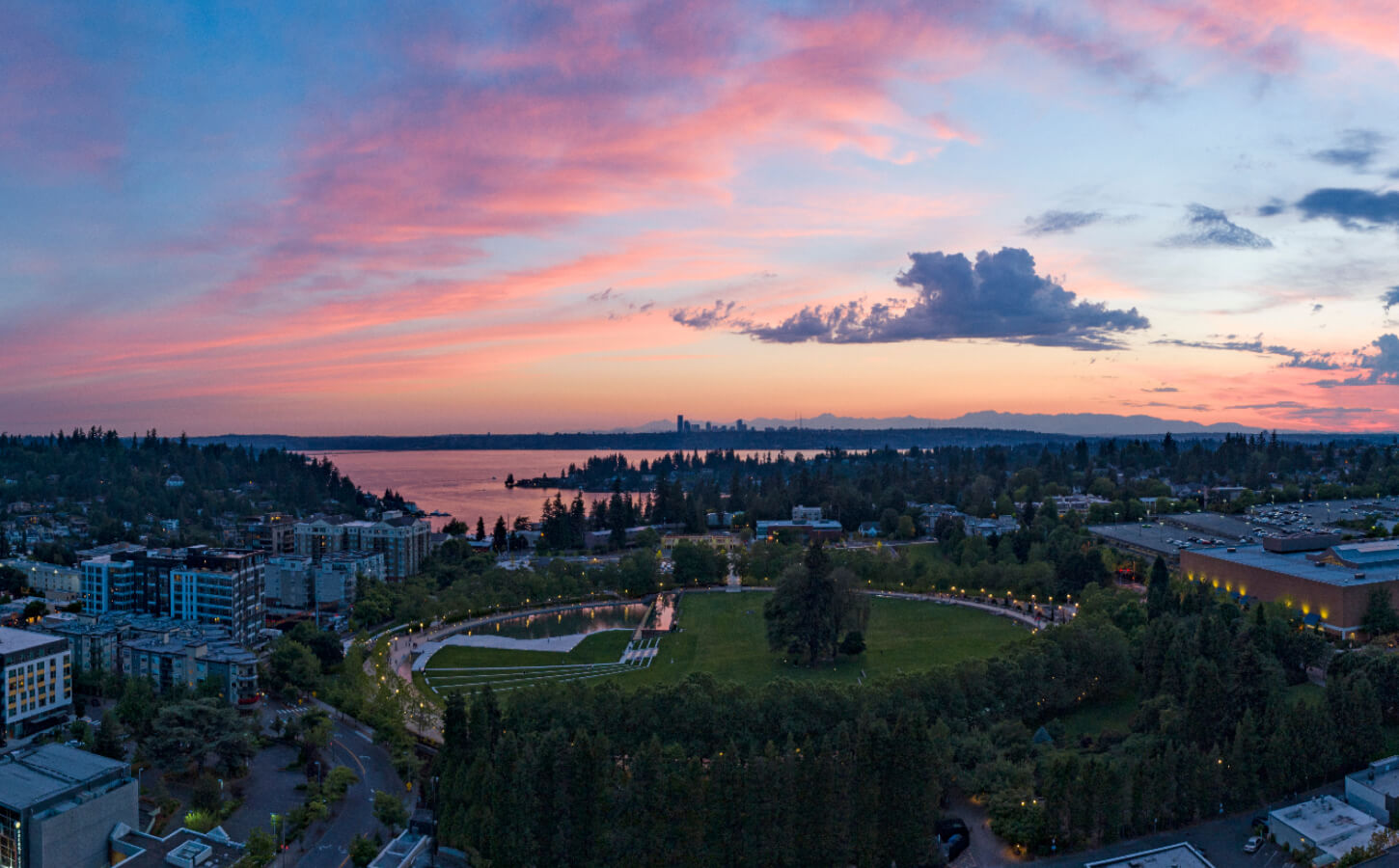



Dr. Philip A. Young is a double board-certified facial plastic surgeon, award-winning beauty theorist, and pioneer of a mathematical theory and approach to Facial Aesthetics.
Board certified by the American Board of Head & Neck Surgery and the American Board of Laser Surgery, Dr. Young has authored five peer-reviewed scientific publications and contributed to major plastic surgery textbooks and journals — defining a new way to understand and achieve facial harmony.
With over 1,400 facelift and neck lifts procedures performed, Dr. Young blends scientific precision with surgical artistry to deliver refined, natural results tailored to each patient.
Patients travel from around the world to seek his expertise — from Syria, Dubai, China, India, Korea, Japan, Lebanon, the Caribbean, Italy, France, Australia, England, Canada, the Netherlands, and Singapore — including CEOs, NBA head coaches, lead actresses from major Seattle and New York Broadway productions, and Grammy nominees who trust Dr. Young as their facial plastic surgeon of choice.
Discover the difference a scientific approach to beauty can make.
Learn more through Dr. Young’s educational YouTube channel, Beauty Docs, and follow his work on Instagram at @aestheticfacialplasticsurgery.







Dr. Young’s signature minimally-invasive facial rejuvenation process. Overcome the tolls of time and discover a younger, natural looking you.

Dr. Philip Young’s five-seven step acne revitalization process. This multilayered approach shocks, confuses, and forces the skin and scars to reconstruct with unprecedented success.

As a renowned Beauty Theorist, Dr. Young understands the profound impact of one’s nose on their overall appearance. Trust an expert with the centerpiece of your facial aesthetic.

With years of experience specializing in asian ethnic cosmetic surgery Dr. Young has mastered the precise techniques of Asian eyelid surgery, rhinoplasty, and jaw reshaping.


Dr. Philip Young is double board certified by the American Board of Otolaryngology, Head and Neck Surgery and the American Board of Laser Surgery. Fellowship Trained by the American Academy of Facial Plastic and Reconstructive Surgery, Dr. Young’s published works have be recognized by AAFRPS with issuance of the Sir Harold Delf Gillies Award.
Dr. Young graduated Cum Laude from the University of Washington and obtained his medical degree from the prestigious Tulane University School of Medicine. Completing the Otolaryngology Head and Neck Surgery residency program at the University of Southern California, Dr. Young has had the fortune of working with several of Beverly Hills most accomplished physicians in the fields of reconstructive and aesthetic plastic surgery. Attending a fellowship in facial reconstructive plastic surgery at Louisiana State University under world-renowned surgeon Dr. Frederick Stucker, Dr. Young authored his renowned work, Circles of Prominence, A New Theory on Facial Aesthetics, garnering accolades from his peers as well as the American Academy of Facial Plastic and Reconstructive Surgery.



Our mission is to provide unwavering quality care to improve people’s lives through facial plastic surgery and the YoungVitalizer.
Dr. Philip Young, Founder of Aesthetic Facial & Body Plastic Surgery, is a renowned facial surgeon double board certified by the American Board of Head and Neck Surgery and the American Board of Laser Surgery. He is located in Seattle & Bellevue greater Metropolitan Area. Author of the award winning theory on facial beauty, “Circles of Prominence”, his profound grasp of what constitutes facial beauty provides a unique advantage to achieving superior results for his patients.

“My goal was to find a method to bring back a person’s natural youthfulness without an unnatural, operated look.”
—Dr. Philip A. Young
Award-winning Seattle Facial Plastic Surgeon Philip Young M.D., originated the YoungVitalizer, a safer less-invasive procedure to decrease the signs of aging and reveal a younger and natural looking face.
Unlike traditional facelifts, the YoungVitalizer does not require long incisions and can be done without general anesthesia. Because of this approach, you usually have much less discomfort. You don't need troublesome drains. The complications are much lower, and you won't have to spend a lot of time taking care of your incisions as with older approaches. Also the YoungVitalizer can be much more affordable than traditional plastic surgery procedures. Discover a youthful appearance like you haven’t felt in years with Dr. Young’s patented, incisionless facial rejuvenation process.


Scar Protocol is a five-phase scar cream system that minimizes scars after surgery.
